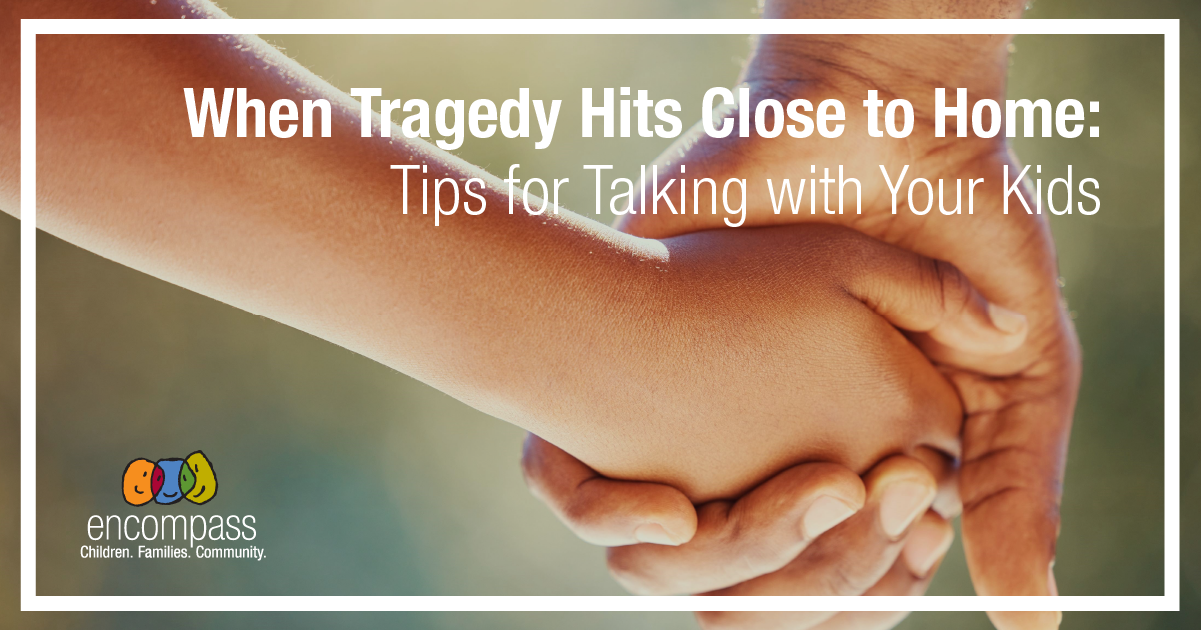What is Selective Mutism?

Selective mutism is a severe anxiety disorder that is often mistaken for shyness in early childhood. It can be debilitating and can leave children’s needs unmet, as they cannot communicate hunger, pain, or the need to go to the restroom.
Here are some key facts about selective mutism:
When does selective mutism usually present?
Selective mutism usually presents between the ages of 3 and 5 years, when children first attend school and there is a higher expectation to speak.
What are some of the signs of selective mutism?
Expressions of selective mutism are unique and specific to each individual child. Selective mutism can be difficult for parents to spot at first, because children with selective mutism are usually very chatty at home. It is when they move from one setting to another that the signs start to show up. Often, this will prompt teachers to ask parents if their child speaks at home, which can be a surprise for the parents. It can be confusing to have a child behave one way at home and then behave very differently when away from home or around other people.
A key sign is when a child will not speak to entire categories of people. For example, they may be able to talk only to close family members, or they may not talk to their peers, or they may not talk to adults, including a parent or grandparents and extended family. These children may often appear to be frozen or have a “deer in headlights” expression.
How do you know when it is selective mutism versus something else?
Selective mutism presents differently for different children. However, a consistent failure to speak in select settings for at least 30 days is a telltale sign. No amount of pressure or persuading will get the child to talk.
A child is seriously impaired by selective mutism and needs help when:
- they cannot ask for a drink of water if they are thirsty
- they cannot tell their teacher they need help with their work
- they cannot ask to use the restroom and have an accident
- they hurt themselves and don’t tell anyone
It is important to note that selective mutism is not:
- shyness
- oppositional behavior
- autism
- something children outgrow
It is best to seek treatment for children with selective mutism as early as possible. The longer it is left untreated, the more ingrained the habits become, making them that much more difficult to overcome.
What causes selective mutism?
Selective mutism has a genetic component to it; very often one or both parents may also have anxiety. There may be other family members that have anxiety or have exhibited similar behaviors.
Selective mutism behaviors build on themselves through a cycle of avoidance. For example: Child is prompted to talk > Child is too anxious to speak > Child avoids speaking > Parent/Adult rescues the child > Child and adult’s anxiety is reduced > Negative behavior is reinforced.
What is the best way to interact with a child exhibiting selective mutism?
Here are a few key pointers for interacting with a child who shows signs of selective mutism:
Remove the expectation to speak as much as possible
This takes the pressure off the child, reducing anxiety. Instead of expecting them to speak, provide opportunities to do so. When you ask a question, use “forced choice” questions. For example, I usually like to give three choices: “Is your favorite color red, or blue, or something else?” By providing options, the child doesn’t feel like they have to come up with the right answer; the answer is right there in the choices you give.
When a child does not respond to a question, wait 5 full seconds, then repeat the question and wait 5 more seconds. If a child still does not respond, let them know you will come back to the question.
Following the child’s lead
Find an activity that the child enjoys, which will help calm their anxiety. When children are relaxed and enjoying themselves, they might just say something! Describe what the child is doing, imitate what they do, praise specific behaviors, and repeat/rephrase what you hear the child say.
Continue to talk to the child
It is really important to still talk to children with selective mutism, even if they don’t talk back. It can be easy to avoid these children when you know they don’t respond. However, this reinforces a child’s avoidance behaviors. Additionally, these children still want to be included, and they do notice when they are passed over.
Resources
Seattle-area Treatment Options:
- The Child Anxiety Center at Evidence Based Treatment Centers of Seattle
- Seattle Children’s Hospital
- ICAN
Websites:
Books:
Videos














